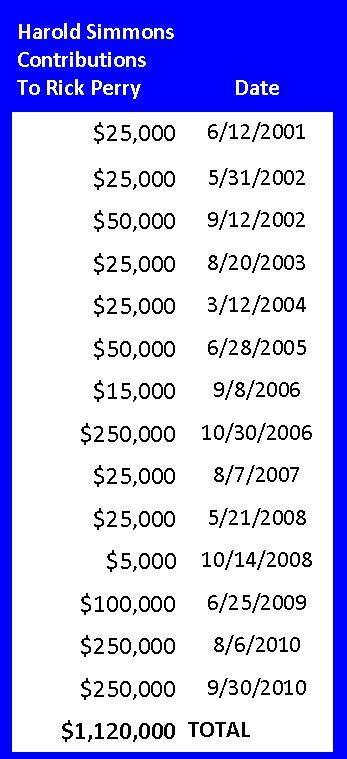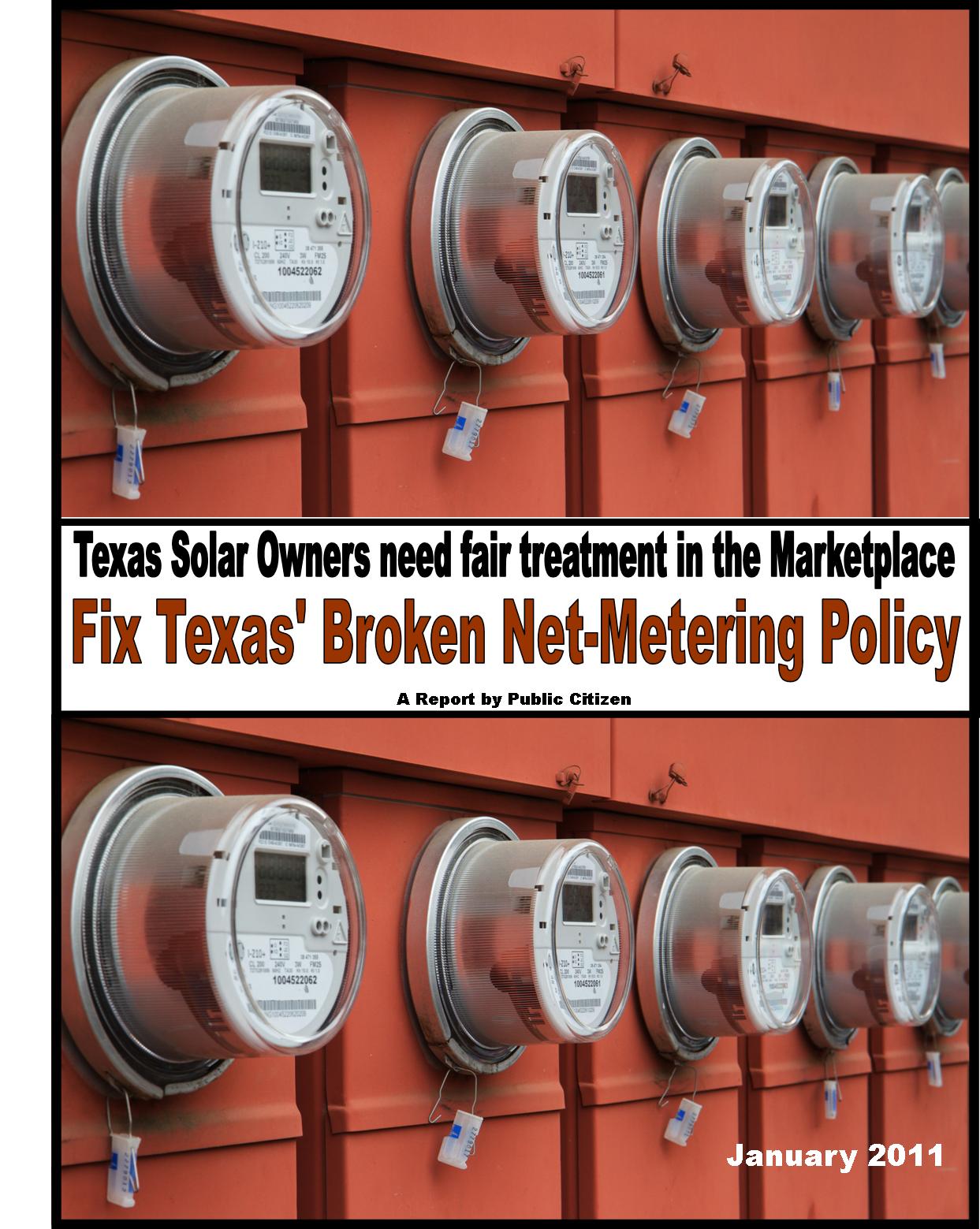Last week, Nuclear Innovation North America (NINA) released a “poll” that they claim shows strong support both across Texas and in Austin for building more nuclear power plants in the state, but the dirty secret of polling in the corporate world is that corporate clients don’t conduct polls to find out public opinion: they conduct polling to buy results, which they can then trot in front of the media and elected officials to prove how popular they are.
Although the polls were done by taking random samples of registered voters (1,004 in the statewide survey and 700 in the Austin market), the questions were worded in such a way to elicit a positive response. The Littlefield Consulting is one such poll, and its results were presented in a misleading fashion to the public. It does not accurately reflect the voters of Austin’s true feelings on nuclear power which is, at best, mixed.
We’d like to run down the problems that we see with this poll below.
Major problem 1:
The poll says that 64% of Austin voters think nuclear power should play in important role in the city’s future. But question 1 of the actual poll tells a very different story:
In general, do you favor or oppose nuclear power plants to generate electricity for Austin Energy?
Strongly Favor: 18.5% / Somewhat Favor: 28.5% / Somewhat Oppose: 16.2% / Strongly Oppose: 19.9% / Don’t Know 17%
Favor: only 47% with Oppose / Don’t know: 53%
Support is tepid at best, with not even a majority of voters in favor of nuclear energy, much less nuclear expansion. There are more voters who strongly oppose nuclear than strongly support it, meaning it is a bad issue at the ballot box.
By the end of the poll, after hearing all of the positive messages, support only increased to 64%. Support is not only tepid, but even after hearing only one side of the argument, voters are not overwhelmingly convinced.
Major problem 2:
This poll makes false comparisons between energy choices.
Would you favor or oppose Austin Energy purchasing nuclear power if AE signed a contract to purchase the power at a rate competitive with coal and natural gas that is set and will not rise for 40 years?
Favor: 65% / Oppose: 23% / Don’t Know: 12%
Given current economics, this is not possible. Cost estimates for new nuclear from STP 3&4 are generally 7.5 – 8.5 cents per kwh, while coal, gas, and renewables are all under 5 cents.
Major problem 3:
This poll presents inaccurate information to those people being polled and then asks them if that makes them more favorable to nuclear energy.
The poll touts STP’s stable price, reliable electricity, and environmental benefits without giving the true history of cost overruns, bailouts, enormous carbon footprint of construction or the mining and milling of uranium and storage of radioactive waste. It also falsely connects nuclear power to energy independence, although nuclear power will not affect oil consumption in Austin at all.
Please tell me if each statement more likely or less likely to support Austin Energy purchasing more nuclear energy from the South Texas Nuclear Project:
Nuclear power plants are cleaner for the environment than plants fueled by coal or natural gas because they don’t produce emissions. More: 75% / Less: 25%
More nuclear energy could lock in stable prices and affordable prices for AE customers- especially for lower income customers. More: 75% / Less: 25%
The US needs to become more energy independent and not rely on energy from politically unstable parts of the world. More: 85% / Less: 15%
None of these answers actually show Austin’s support for nuclear power, only that positive messaging makes them more likely to support it, which is exactly what the people paying for the poll wanted.
Major problem 3:
The poll glosses over major opposition to the plant due to water usage. Furthermore, no other negative messages are presented to those being polled, meaning they are given a one-sided description of nuclear power.
For example, support evaporates (no pun intended) for STP expansion or Austin buying power from nuclear expansion at the slightest mention of the water cost.
Would you favor or oppose the building of these new units if the daily operation of these new units increased the amount of water that the STNP draws from the Colorado River?Strongly favor: 9.8% / Somewhat favor: 19.9% / Somewhat oppose: 26.1% / Strongly oppose: 26.2% / Don’t Know: 18.1%
Total Favor: 30% / Total Oppose: 52%
Total Oppose /Don’t Know: 70%
When faced with the facts on the cost overruns, the dangers of radioactive waste, the performance and safety record at STP and nuclear power nationwide, allegations of fraud when dealing with CPS and San Antonio, you will see drastically different results.
This does not even begin to discuss issues like whether Austin needs more baseload power (we don’t— we need more peak power, which can more reliably and cheaply be provided by efficiency, renewables, and natural gas peakers)
Bottom line: STP expansion and further power purchase agreements with STP are, in a word, radioactive. Support is soft, at best, and based on easily debunked and misleading claims. Smart elected officials will stay away from this issue and reaffirm the City Council’s previous decisions to not buy into the nuke.
Too see a breakdown of both polls’ questions and answers, click here.
###
UPDATE AND EDITOR’S NOTE: We received a comment on this post that we found to be helpful and removed a section our commenter, Bliz, found to be a “Karl Rove-ish” attack. The lessons we learn are the following: YES, we read your comments. And give them the attention they deserve. Second, when we make a mistake we try to fess up to it. Mea culpa, as it was I who wrote the majority of this, not Carol. And third, while we generally don’t like to flush things down the old memory hole, there are times when it is worthwhile to delete something. This is one of those times. But we confess that we are deleting in and not trying to cover up for the fact that it never happened. So thanks, and good night and have a pleasant tomorrow. ~~Andy Wilson, TexasVox editor.






